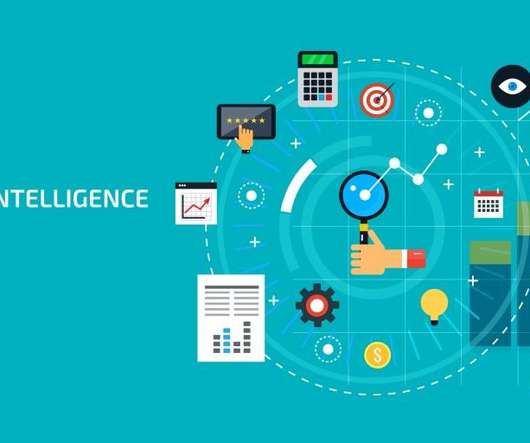Delivering Low-latency Analytics Products for Business Success
Rocket-Powered Data Science
JULY 14, 2023
The results showed that (among those surveyed) approximately 90% of enterprise analytics applications are being built on tabular data. What could be faster and easier than on-prem enterprise data sources? Analytics products represent the user-facing and client-facing derived value from an organization’s data stores.














Let's personalize your content